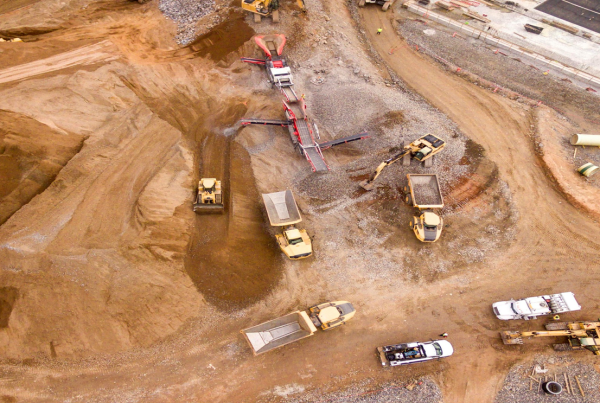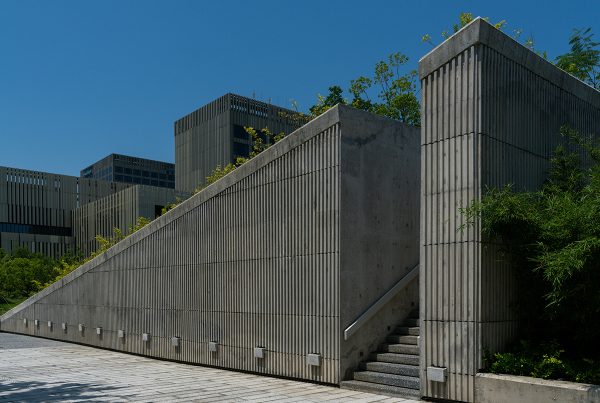The Link Between Global Warming and Crop NutrientsGlobal warming might produce less-nutritious crops. That’s the conclusion of a six-year study released earlier this year.
According to Samuel Myers of Harvard School of Public Health, who leads the research, nutritional content of crops are being compromised as a result of increased atmospheric carbon dioxide (CO2). The study focused on wheat and rice grains which are the staple food of some two to three billion people in the world.
In wheat grains, there were reduced levels of zinc (9.3{e3829ec1db02d54faaf9fa2de0d48db26af01d7a7944a63c3b26976124791cab}), iron (5.1{e3829ec1db02d54faaf9fa2de0d48db26af01d7a7944a63c3b26976124791cab}), and protein. Zinc is a very important mineral responsible for maintaining organ functions, immune system, growth, and overall health. As many as 800,000 deaths of children under five happen each year because of zinc deficiency. Meanwhile, iron deficiency is the main cause of anemia, a condition that contributes to one in five maternal deaths worldwide.
Another biologist, Irakli Loladze, has also linked global warming with nutrient loss in crops. Aside front nutrient loss, one other effect of high CO2 levels is increased levels of starches and sugars in those same plants which are losing their mineral and protein content. “In other words, with increases in atmospheric carbon dioxide, the valuable nutrients in these food crops are scarcer, and carbohydrates are more abundant—in effect, the nutrients are ‘diluted’,” Loladze explains.
via Earthtechling
LEED 2009 Is ExtendedLEED users can now register projects under LEED 2009 until Oct. 31, 2016. Originally, the deadline for registration was June 15, 2015, but it’s been stretched to one year and four months.
According to the USGBC, this will allow LEED users to prepare for the latest version LEED v4, which was launched back in 2012. LEED v4 has been met with some hesitance by the green building community because of its rigorous and strict standards.
Says Rick Fedrizzi, CEO and founding chair of USGBC, “When USGBC first pilot tested LEED in 1998, there weren’t many buildings that could qualify for LEED certification at the Platinum level. Now, more than 1,000 buildings have achieved it. With LEED, we have a responsibility to set a high bar and we know that many leaders are capable of reaching it, presently or in the very near future.”
In a survey at the Greenbuild conference, 61{e3829ec1db02d54faaf9fa2de0d48db26af01d7a7944a63c3b26976124791cab} of respondents said they are “not ready” or “unsure” of upgrading to LEED v4. Hopefully, the LEED 2009 extension will give LEED users the additional time they need.
via USGBC.org
Green Building in India Not-So-Green According to New Data
A new study conducted by the Centre for Science and Environment (CSE) in New Delhi has some very bad news about green building in the country.
Entitled Building Sense: Beyond the Green Facade of Sustainable Habitat the study reveals that many supposedly green buildings in India are underperforming. Despite being variously rated silver, gold, and platinum under LEED, some of these buildings cannot even qualify for a one star label under the energy star labelling program of India’s Bureau of Energy Efficiency (BEE).
The CSE accuses the Indian Green Building Council (IGBC) of misrepresenting data on these buildings’ energy consumption, which led to undeserved LEED ratings.
Elevators in the Tallest Skyscrapers
As the race to build taller and taller skyscrapers goes on, the technology of elevators have a lot to catch up to.
After all, the taller the skyscraper gets, the greater the expectation becomes for its elevator system to quickly and efficiently move people up and down its hundreds and hundreds of floors.
Apparently, not all elevators are equal. Currently, the world’s fastest elevator resides in Taiwan’s Taipei 101 with its 16.83 m/sec ascending speed. The Burj Khalifa, the tallest building in the world right now, has elevators that rise at a mere 10 meters per second.
In contrast, the CTF Financial Centre, which will rise in Guangzhou in 2016, plans to install elevators that go twice as fast—20 m/sec.
The continuing challenge for elevator technology is achieving incredible speeds while ensuring the ride is as smooth and comfortable as possible.
via Gizmodo
One More Nod to 3D Printing Concrete Buildings
Without a doubt 3D printing is the new revolution in building construction.
It’s no longer confined to small to medium-sized projects such as furniture, tools, toys, gadgets, and various other specialty objects.
Now, architects and designers have begun to exploit its many virtues. 3D printing, after all, is synonymous to speed, economy, convenience, and customization, which conventional construction methods can’t cope up with.
Enter Foster + Partners and construction giant Skanska. Earlier this year the duo forayed into 3D printing in concrete. The process will help streamline production, as well as make possible exciting shapes. And according to Lloyd Alter writing in Treehugger, “Curves, lots of curves.”
Back in 2012, a team from the Loughborough University successfully attempted to 3D print concrete as building components, using a 7-axis robotic arm instead of a 3-axis arm for maximum speed and quality. Last August, the world’s first 3D castle was printed. In China, a developer has begun 3D printing houses as well.
via Treehugger














